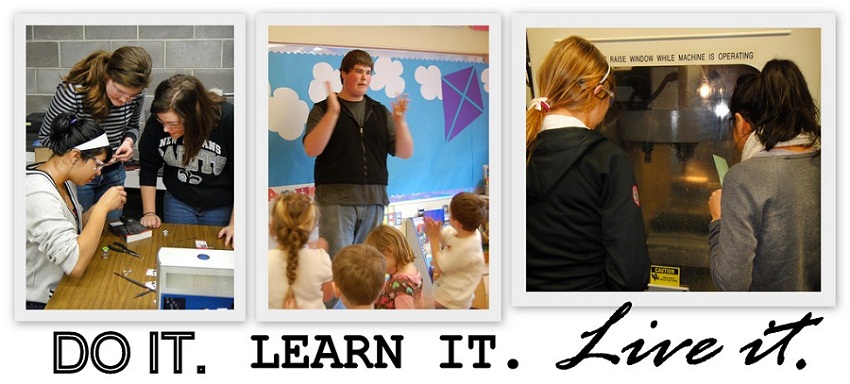Studies and surveys show that even in the heart of the Silicon Forest, boys still vastly outnumber girls when it comes to any kind of technology education, both at the college and the high school levels.
When Sherwood High School looked into the reasons more deeply, surveying some of their female students, the reasons why girls weren't attending the classes was surprising: it had nothing to do with lack of interest or perceived lack of ability to handle the intellectual demands of such classes. Instead, it was more about the presence of the boys. As one junior girl put it, "I felt like it would be intimidating" (to be so outnumbered in the class). Another girl who was actually a part of a class said that boys tended to just take over and dominate group projects, and asked or left the girls to be the note-takers. This makes sense because boys traditionally have had less interest and ability in communications including writing. Many boys feel their handwriting is atrocious and openly admit that girls is far better. Because boys tend to be more aggressive and girls more passive due to biological differences in brain wiring, hormones, and social expectations, it stands to reason that in heavily disproportionate classes, one gender or the other may feel out of place and intimidated.
And what Sherwood High School did to compensate is just amazing...a role model for other schools and a surefire method to get more girls engaged in science, technology engineering and math (STEM) classes. So, what did they do?
Sherwood added an all-girl engineering class to their curriculum. They named it an intimidation-busting "No Boys Allowed", and developed coursework related to CAD, woodshop, and other traditionally boy-dominated subject matter. The girls design a 3D object on a computer and then have it laser cut, or build it themselves.
So how successful has the class been? A whopping 60 girls jumped at the chance to take it, the very first year it was offered. Compare this to other schools who have a handful of girls in each class, sometimes none at all.
Aloha and Westview High Schools are planning to offer all-girls
engineering courses in the next year or two, based on the success in
Sherwood.
Interestingly, after this large amount of girls takes the Level 1 "No Boys Allowed" Engineering classes, there is no increase in the coed Level 2 and beyond classes. Instead, what girls have said overwhelmingly is that they want to continue the No Boys Allowed classes at higher levels. This seems to suggest that even though they are interested in technology and manufacturing careers, the factor of being an only-girl or one of a handful in a male-dominated class turns girls off to the point that they aren't willing to pursue that career.
At some point, obviously, females will have to come to grips with the fact that if they follow a non-traditional gender career path, they will have to dela with their feelings of "odd man out" and have to integrate with their male colleagues. However, if all-girl engineering classes are offered all the way through high school, how will they deal with college? Will colleges begin to offer these classes? And if so, how will women integrate themselves into the real, coed world when they have had exclusive and protected environment for up to 8 of their formative educational years? Should there be another course offered at the end of each program to help women re-integrate? How far do we go with separating men and women, girls from boys? After all, the right to study right alongside boys and men is something that women's rights fought for a long time to achieve.
What are your thoughts?
Karyn Reohr
PCC Non-Traditional Outreach Coordinator
More information about this topic: http://www.oregonlive.com/washingtoncounty/index.ssf/2012/01/even_in_washington_countys_sil.html
Friday, March 9, 2012
Subscribe to:
Post Comments (Atom)


No comments:
Post a Comment